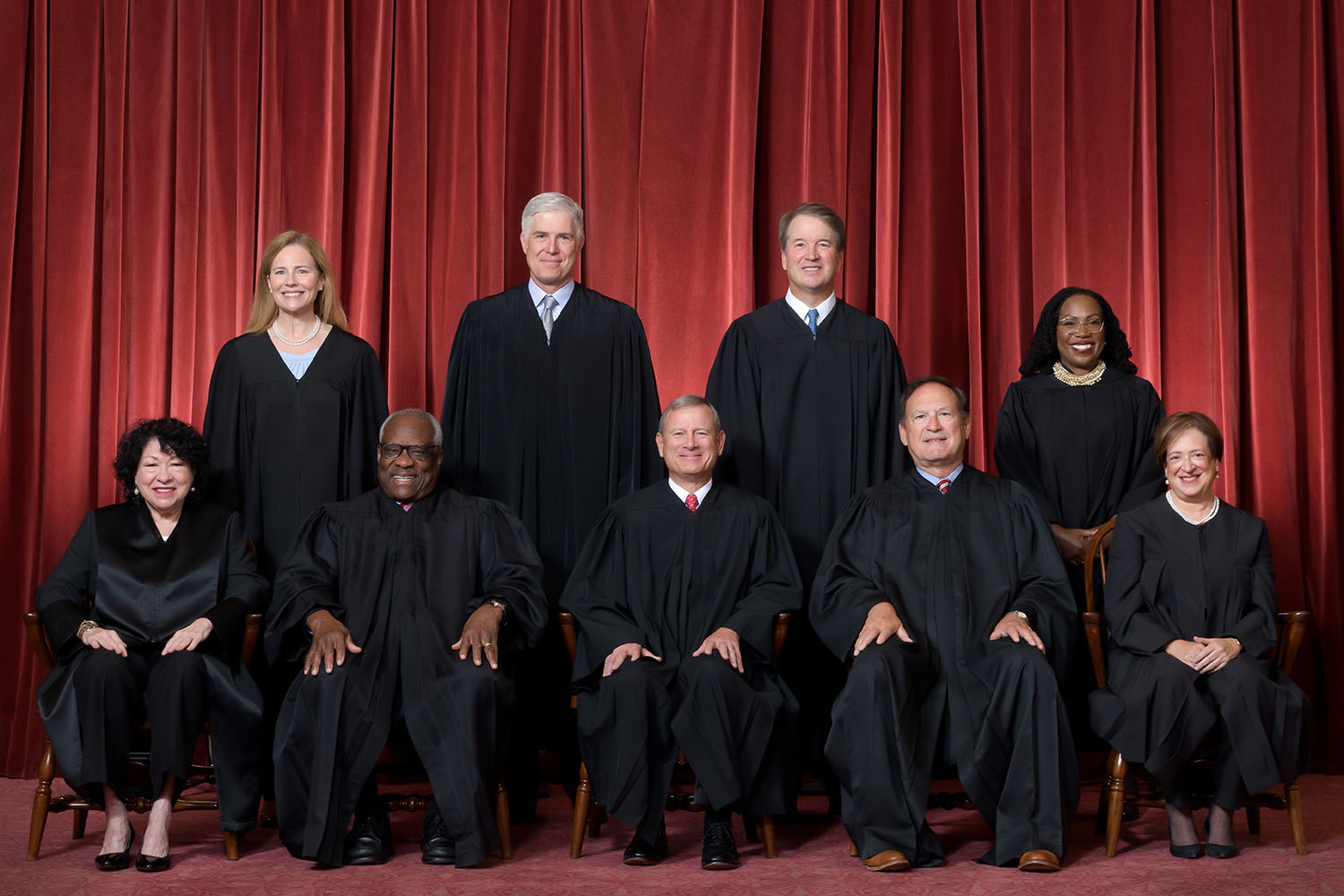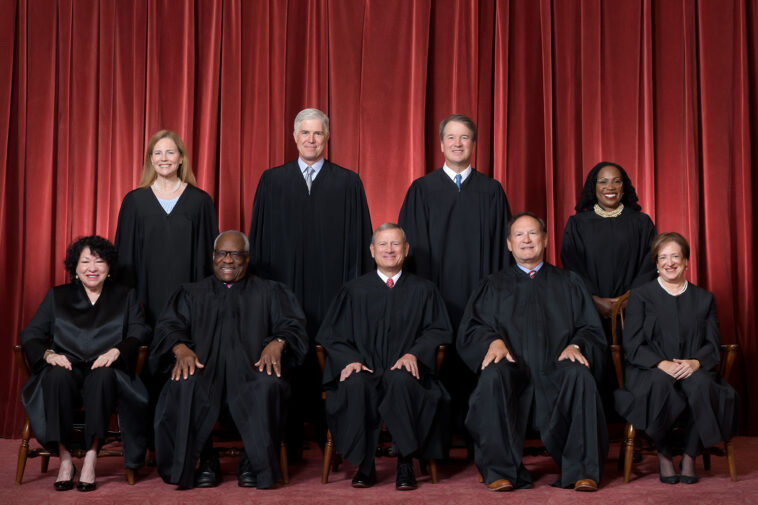
The Structure and Roles of the U.S. Federal Court System
The U.S. Federal Court System, as defined by Article III of the Constitution, stands as a bastion of justice, ensuring the equitable application of law nationwide. The system comprises several courts of varying jurisdiction, each purposefully devised to maintain balance and fairness within the judiciary’s framework.
The U.S. Federal Courts: A Pillar of Justice
The Federal Court System, meticulously created under Article III of the U.S. Constitution, is charged with serving justice impartially. The system’s Federal Courts address numerous legal issues, from civil litigation to financial bankruptcy, guaranteeing that fairness prevails over prejudice. This pursuit of justice lies at the heart of the system’s development.
Divisions of the U.S. Federal Court System
The judicial branch encompasses three fundamental divisions: the Supreme, District, and Bankruptcy Courts, along with the Courts of Appeals. Each court bears its unique set of responsibilities, collectively ensuring comprehensive and fair legal coverage. Understanding these individual roles enhances one’s perspective of the federal judiciary’s function.
Supreme Court: The Apex of the Judiciary
The Supreme Court, comprising nine justices, represents the highest echelon of the U.S. judiciary. The executive branch nominates these justices, and the Senate approves them, affirming their independence. They adjudicate cases with profound implications, setting judicial precedents for lower courts to follow.
Role of the U.S. Courts of Appeals
The U.S. Courts of Appeals, also known as circuit courts, ensure the law’s equitable application in district or trial courts across 12 regions. Cases range from appeals against district court decisions to those against federal administrative agency decisions. This appellate layer bolsters the judiciary’s overall operational integrity.
District Courts: The Mainstay of U.S. Justice
District courts, handling civil and criminal cases, form the judiciary’s backbone, providing a fair platform for trial proceedings. These courts’ responsibilities span pretrial management to the post-verdict process, ensuring that every case receives exhaustive scrutiny and careful adjudication.
Bankruptcy: A Legal Lifeline
U.S. Bankruptcy Courts offer individuals and companies beset by insurmountable debt a legal recourse for debt relief and financial fresh starts. These courts also play an essential role in streamlining the bankruptcy process, ensuring creditors’ debts are met in an organized and fair manner.
The Role of Federal Judges in Administering Justice
Federal judges, holding the mantle of justice, must ensure the law’s equal application. They represent a crucial cog in the justice system, exercising profound influence over trial proceedings, from jury selection to verdict interpretation.
Specialized Judges: Filling Critical Niches
Bankruptcy judges, magistrate judges, and territorial court judges provide the judiciary an extra layer of specialization. Whether handling bankruptcy proceedings or making key rulings in territorial disputes, these judges play an essential role in maintaining the system’s effectiveness and dynamism.
Educating Citizens on Legal Basics
Even outside courtroom walls, the judiciary plays an essential role: educating the public about their legal rights and responsibilities. Through various educational resources, the judiciary empowers citizens with valuable skills and knowledge, fostering a society well-versed in their Constitutionally-enshrined rights.
Final Thoughts
The inherent intricacies of the U.S. Federal Court System reflect its ambitious goal: to uphold justice and ensure the law’s equal application. Through its meticulously composed structure and comprehensive jurisdiction, it serves as an indispensable pillar of U.S. governance. Therefore, grasping its structure and functions are fundamental prerequisites for any succored conversation on U.S. governance and law.
Originally Post From https://www.uscourts.gov/about-federal-courts/types-federal-judges


